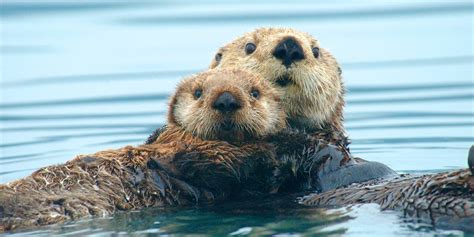This is an aspect of the carbon capture greenwashing initiative I wasn’t aware of. It will need another pipeline network that can be very costly to human and environmental health (and operated by an industry that our government is willfully blind to).
Carbon capture is becoming a linchpin of Canada’s plan to reduce emissions from its oil and gas sector, but to pull this plan off would require massive investments in necessary infrastructure: pipelines, pressurization stations, equipping carbon capture to bitumen upgraders and more, all of which could fail. In a carbon management strategy, released in 2023, the federal government says to support the country’s emission reduction efforts, carbon capture capacity must grow 270 per cent from current levels by 2030, with “significant further scaling required” to reach net-zero by 2050.
when carbon dioxide pipelines fail, they can fail catastrophically.
According to data from the U.S. Department of Transportation, there have been at least 76 reported safety incidents related to CO2 pipelines since 2010 in the United States. Some incidents are minor and others are disastrous, but all point to the risks of transporting and storing carbon dioxide as a way to manage greenhouse gas emissions.
Dodging a full assessment
By far the largest project would be the Pathways Alliance’s $16.5-billion flagship carbon capture project, which would include a carbon dioxide pipeline stretching 400 kilometres from the oilsands in northern Alberta to a storage hub about 300 kilometres east of Edmonton.
The Pathways Alliance is splitting its megaproject into 126 smaller segments, with multiple applications for various licences with the AER. As previously reported by Canada’s National Observer, that means the project won’t be subject to a full environmental assessment that examines what the impact of the project in its entirety would be. “The impacts are never being articulated to the public, and that includes impacts on the environment, the climate and Indigenous rights,” said Matt Hulse, a lawyer with Ecojustice collaborating with the Athabasca Chipewyan First Nation to call for an impact assessment.


